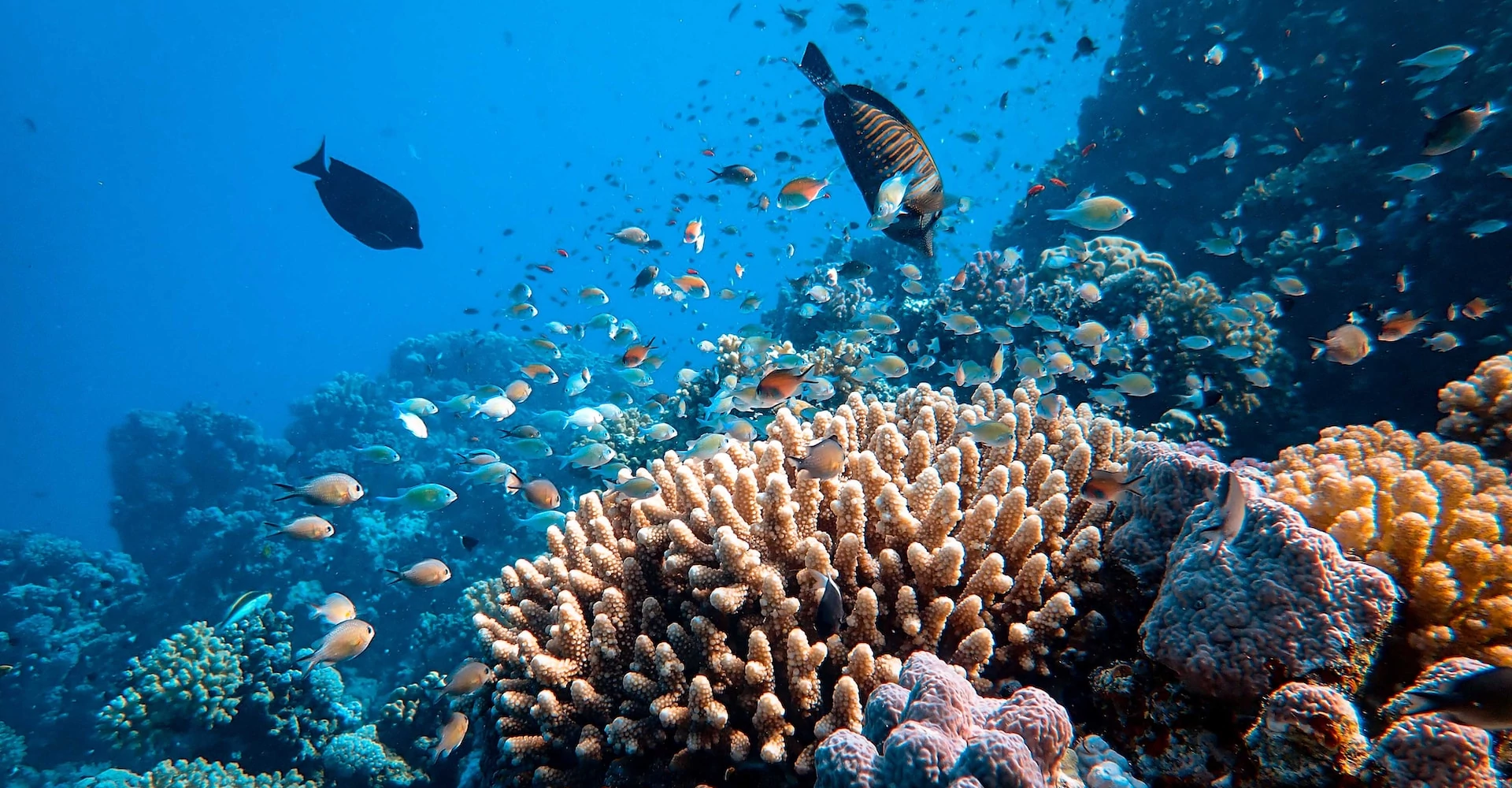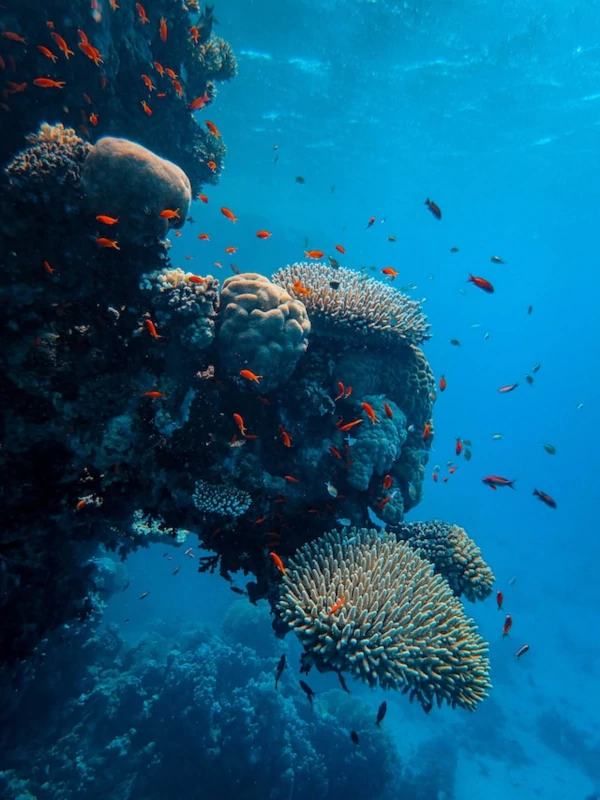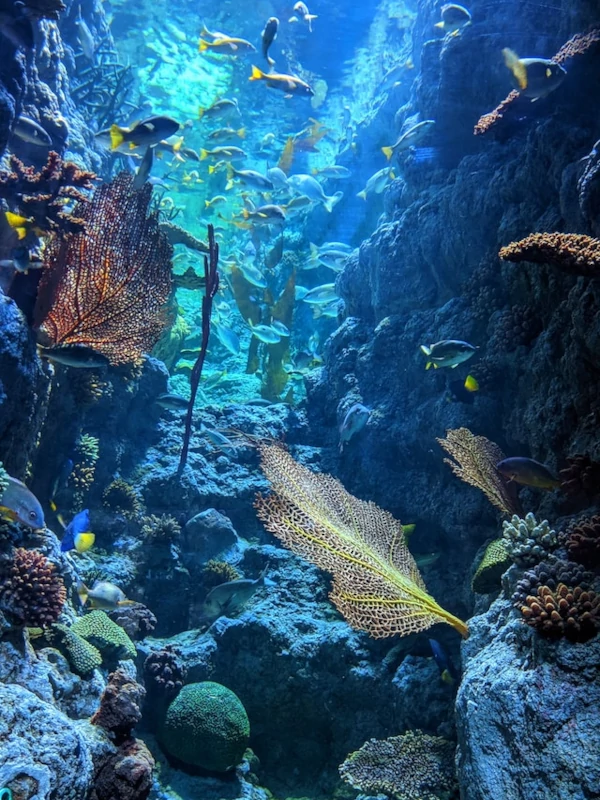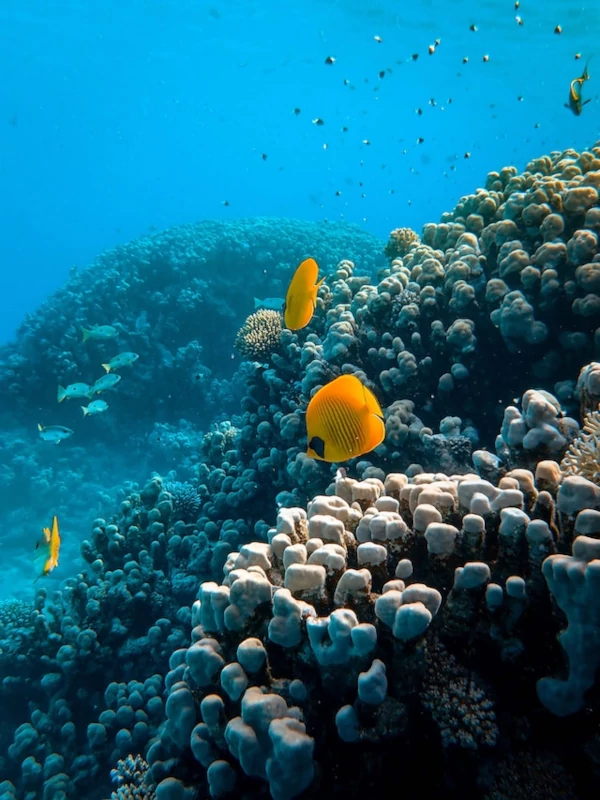Accounting for about 10% of all the coral reef areas in the world. It supports an amazing variety of biodiversity and 14 different coastal ecosystems, providing a home to thousands of coral and other invertebrate species, fish, sharks, rays, marine mammals, marine turtles, sea snakes, as well as algae and marine plants.
The Great Barrier Reef Marine Park invites travelers to immerse themselves in the magic of the world's largest coral reef system, where every dive and snorkel reveals the beauty of an ecosystem unlike any other on Earth. Whether seeking adventure, relaxation, or a deeper understanding of marine conservation, this iconic destination promises an unforgettable journey into the heart of the ocean's wonders.








